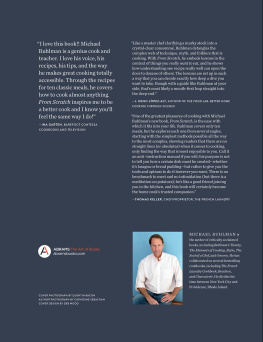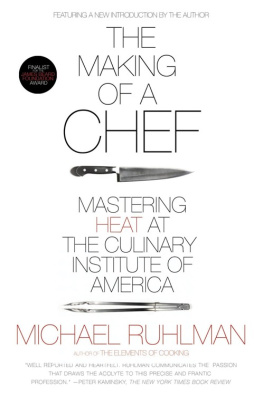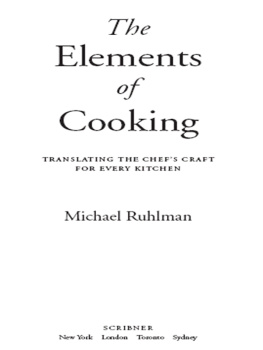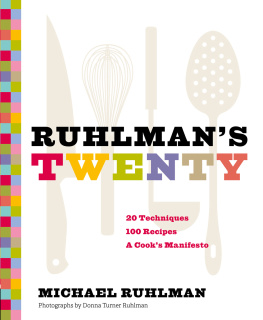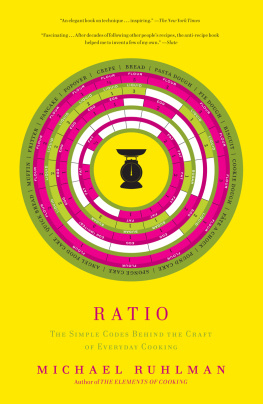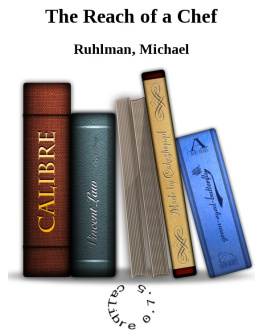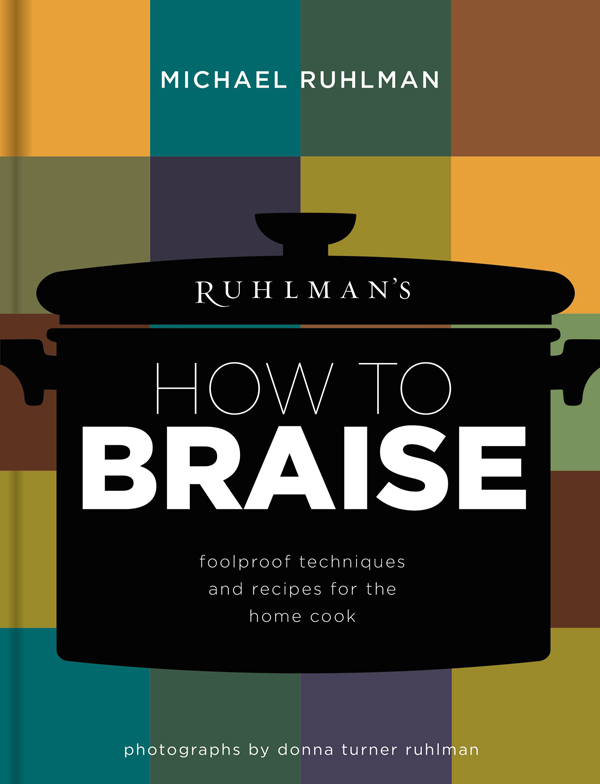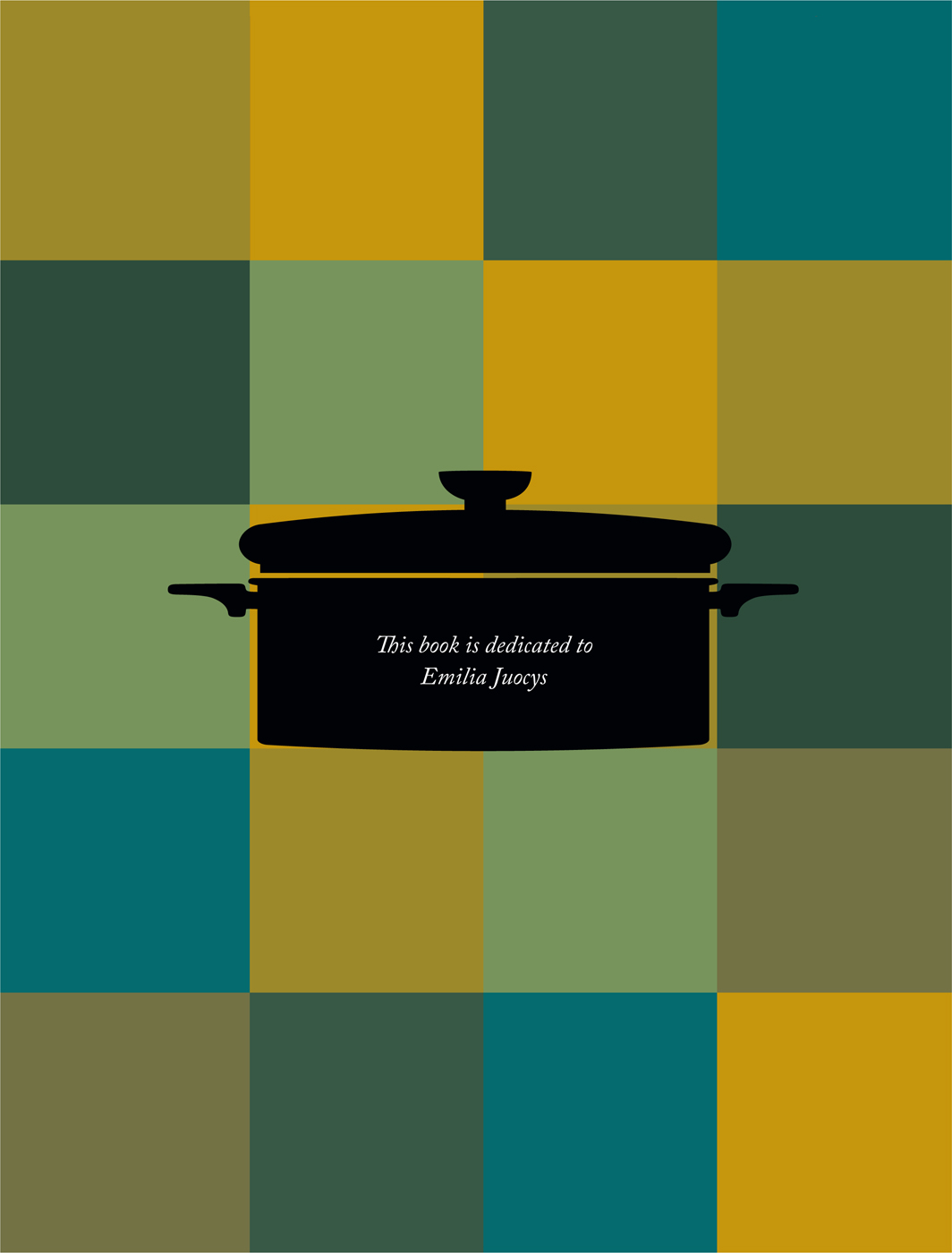TO BRAISE IS TO
TRANSFORM
A GRILLED SALMON FILLET OR STEAK MAY BE DELICIOUS, but these are, at their most basic level, heat-and-serve items; cooked, theyre pretty much exactly what they were to begin with, only hot, with a flavorful exterior. A braise, on the other hand, is a metamorphosis.
When you braise, you begin with a tough, often inexpensive cut of meat, and through your care and knowledge as a cook, you turn it into something tender and succulent and exquisite, the opposite of what it was to begin with. That is true cooking, cooking that engages both mind and soul. Its why, of all fundamental cooking techniques, braising is my favorite.
So: what, then, is braising? What defines it? In addition to being perhaps the most exciting of the cooking techniques by virtue of its capacity to transform food, it is also the one whose definition is most variable. Even more so than roasting, which once referred only to meats cooked over an open flame; until the mid-nineteenth century, cooking in a heated enclosure was considered baking. Braising, likewise, comes with blurred boundaries. The term itself derives from an old French word relating to coal, according to Harold McGee in On Food and Cooking, because coals were put both below and on top of the cooking vessel to heat it from both directions. But now, since we rarely put pots into a pile of open coals in our home kitchens anymore, the meaning of braise has been allowed considerable leeway. What defines a braise? How is a braise different from a stew, a word (also according to McGee) that derives from the French tuve, a hot enclosure or oven?
As I am not a fan of leniency when defining or naming techniques, I will be very specific here, so that it is clear precisely what I mean by braising, and what conditions define every recipe in this book. Two steps define the braise.
In contemporary cooking, in todays kitchen,
braising denotes that the food
being cooked is first seared in oil
(or by some other form of dry
heat, such as roasting or grilling)
and then cooked in liquid.
The searing is primarily for flavor; the cooking in liquid is primarily for tenderizing the food. Braised dishes are usually cooked in a covered or partially covered pot in the oven, but they dont have to be. They can feature large cuts of meat, small cuts, and/or vegetables. The liquid sometimes covers what is being braised, and sometimes it doesnt. The liquid can be water, stock, wine, beer, milk, fruit juices, or vegetable purees.
Could you braise a large cut of meat by searing and then steaming it? That hews to the instruction to first sear and then cook in a moist environment, right? Yes, but steam isnt a liquid, and a fundamental attribute of the braise is that the liquid the meat cooks in is flavored by that meat. Furthermore, a great benefit of the braise is that the method results in a flavorful sauce, enriched by what is being braised and, in the case of tough meats, given body from the gelatin within the tough meat.
So, while there are many variables and variations in the braise repertoire, at its most elemental level braise means to sear, and then cook in liquid.
THE ZEN OF THE BRAISE
As Ive said, braising is about transformation, and there is a great sense of reward in transforming the inedible into the ethereal. But theres more. Because braising has more than one stage, and requires hours rather than minutes to complete,
the technique offers many
opportunities to be present in the
cooking, more so than in any other,
and to take pleasure in your
awareness of the cooking.
There is pleasure to be had in the aroma of floured meat sizzling in hot fat. When you remove your pot from the oven, regard the golden layer of fat that has settled at the topit is a beautiful sight. And most of all, be aware of the smell of your kitchen, of your home, when you have a long braise working. The aroma pervades the air and works on your senses.


